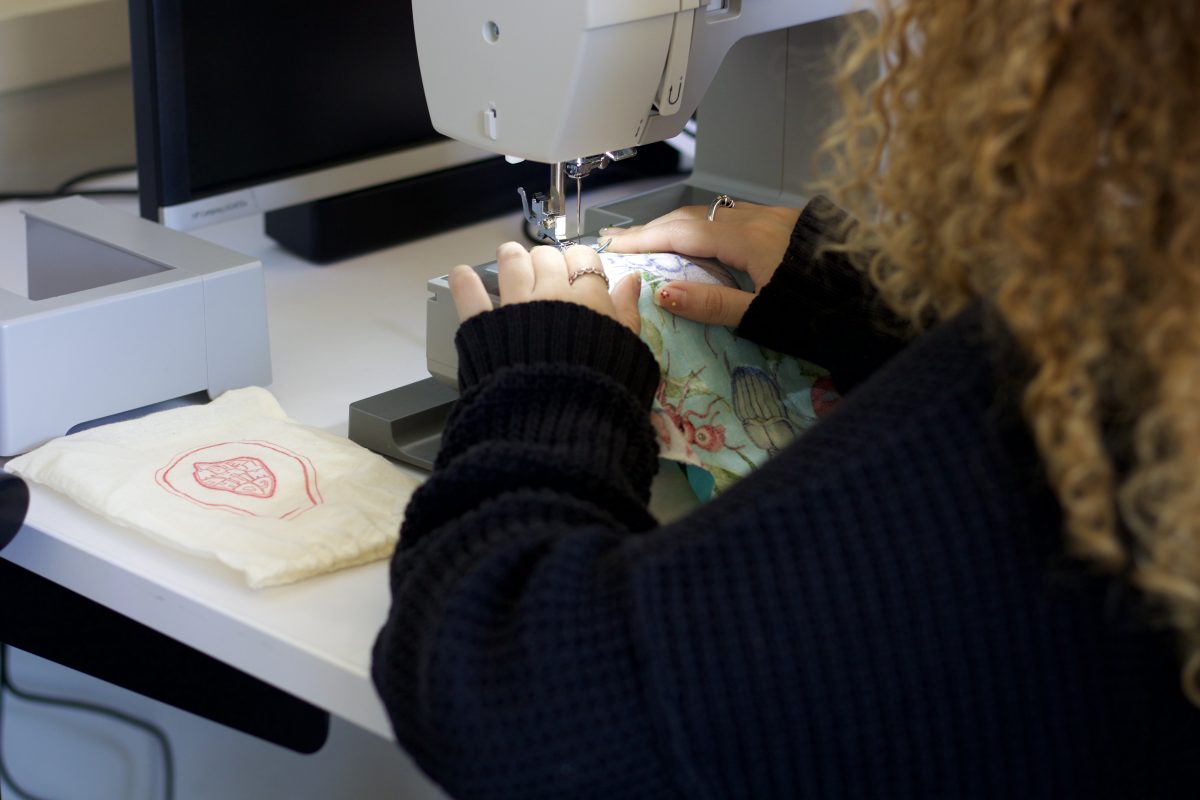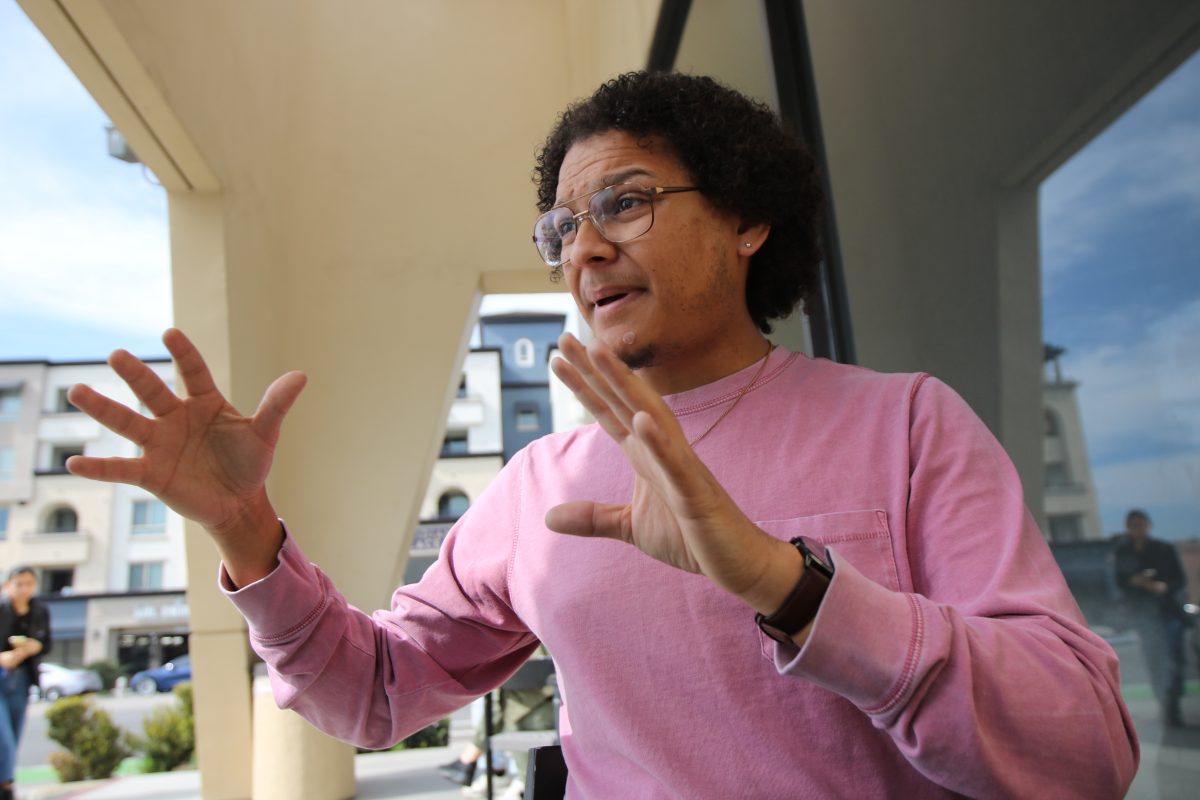Awareness of resources for students with disabilities is more important than ever for community college students, as transfer students make up one of the biggest groups using CSUN’s DRES, according to a program official.
At CSUN, upperclassman make up the largest segment of students using CSUN’s DRES, said Mary Ann Cummins-Prager, CSUN associate vice president of Student Access and Support Services. And community college transfers are a big part of that figure, she added.
“More transfer students use CSUN’s DRES than incoming freshman, making it more important than ever for community college students to understand the resources available to them,” Cummins-Prager said.
In Fall 2011 the majority of students using DRES, 42 percent, were seniors, 18 percent were juniors and those in graduate school, 12 percent were freshman and 10 percent were sophomores, said Jodi Johnson, DRES director.
Just as CSUN is legally required to have DRES, community colleges are required by law to provide programs for students with disabilities. These are “services designed to meet the individual needs of such students to the same extent as the needs of students without disabilities,” according to Title II Section 504 of the American Disability Act, passed in 1990.
She offered two reasons for why transfer students are using the services more than incoming freshman. First, less than half of incoming freshman continue to use disability resources they took advantage of in high school because some may have felt they’ve outgrown the need.
“About 40 percent of students that used the disability services in high school will use them in college,” Cummins-Prager said. “Because people think they made it to college so they can do it now.”
Another portion of that group might be students who aren’t aware of the resources available to them, she said.
A 48 percent statewide cut to disability programs at the community college level have put a strain on resources, said Grace Hernandez-Murillo, coordinator of Disabled Student Programs and Services, DSPS, at East Los Angeles Community College, ELACC.
And the services vary from school to school, she said, making it vital for students to know what is available to help them so they can best achieve their goals.
“It is difficult to help students because of budget cuts, but we have a responsibility to make sure students with disabilities are provided with a program that helps them develop their skills,” Hernandez-Murillo said. “And we make sure we offer those services.”
At ELACC, for example, DSPS offers students transfer assistance, career programs, a writing center and workshops, she said. These programs aren’t required under state law.
“Workshops might be useful for students in the program because we provide dates when students can transfer to CSUs or UCs,” Hernandez-Murillo said. “We also provide information on what classes students should take after college.”
ELACC also helps students after they finish their respective programs, through their job and career services.
“We have a lot of people and staff willing to help students,” Hernandez-Murillo said. “We are still encouraged, despite budget cuts.”





